Full text
PDF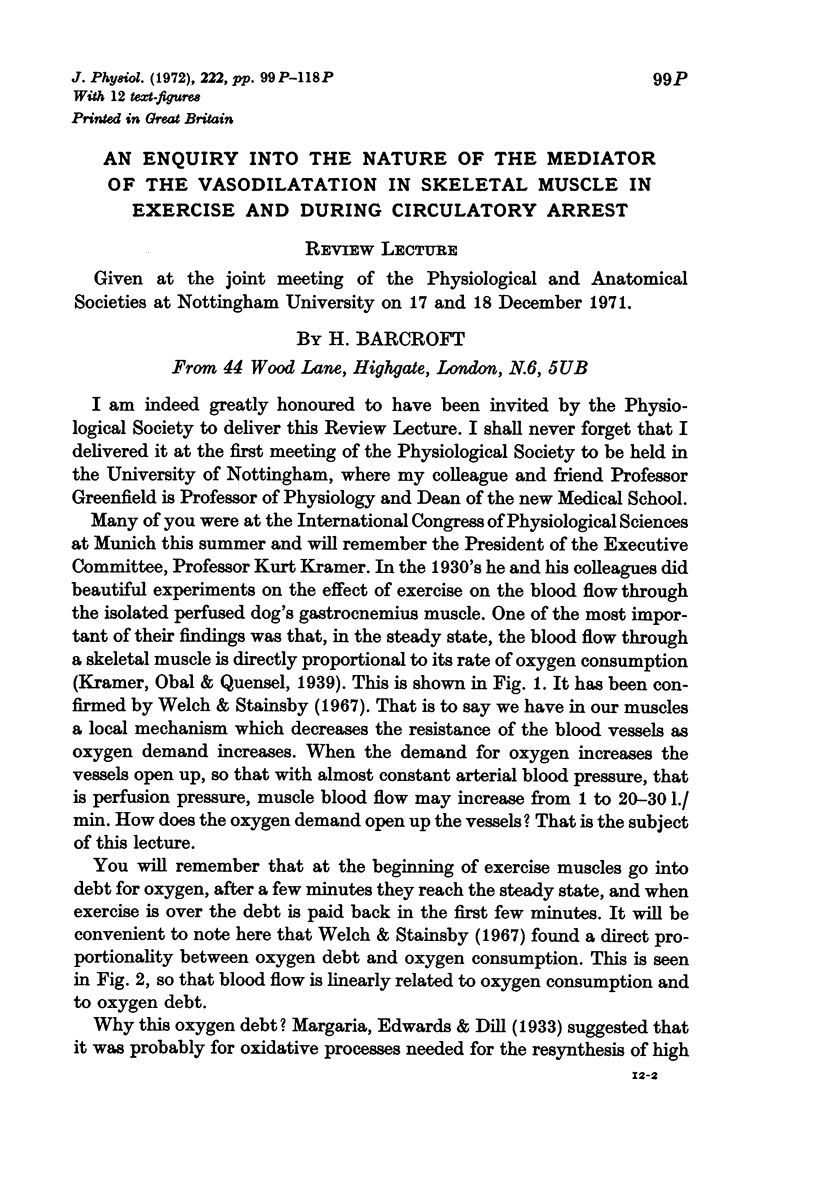
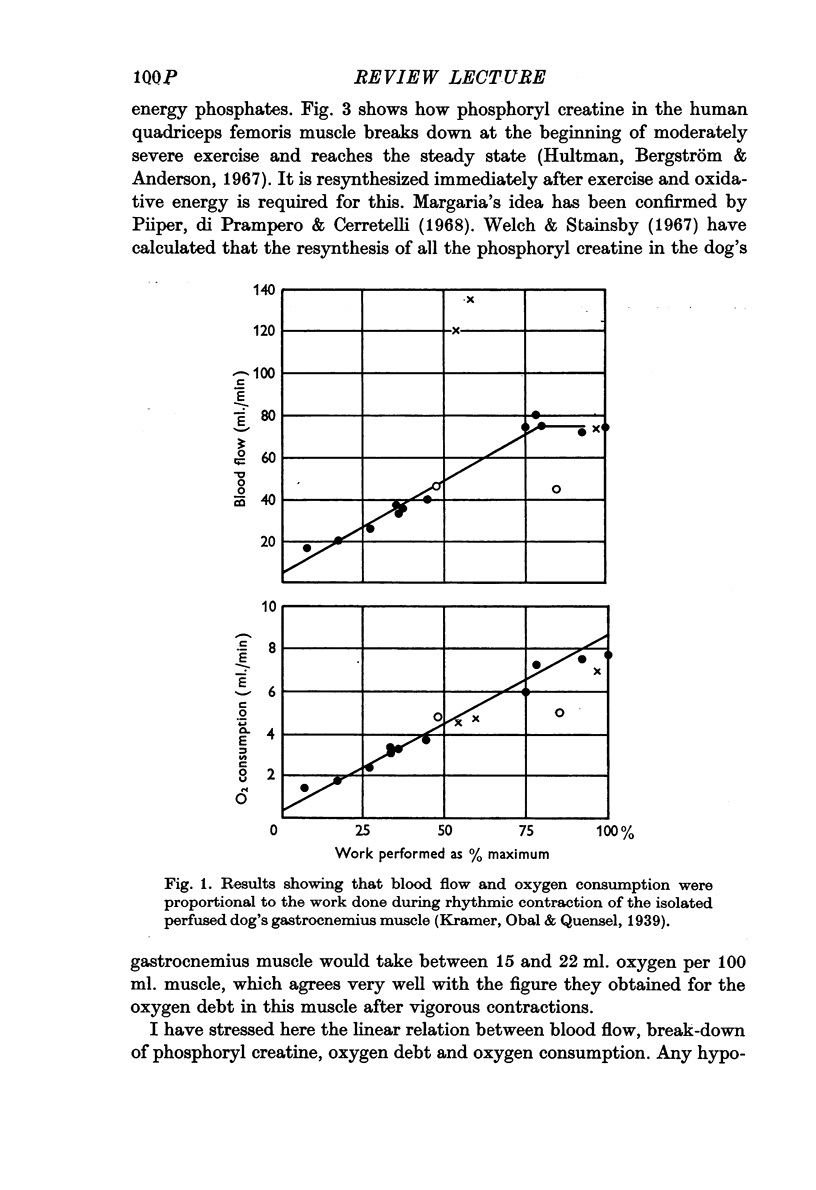
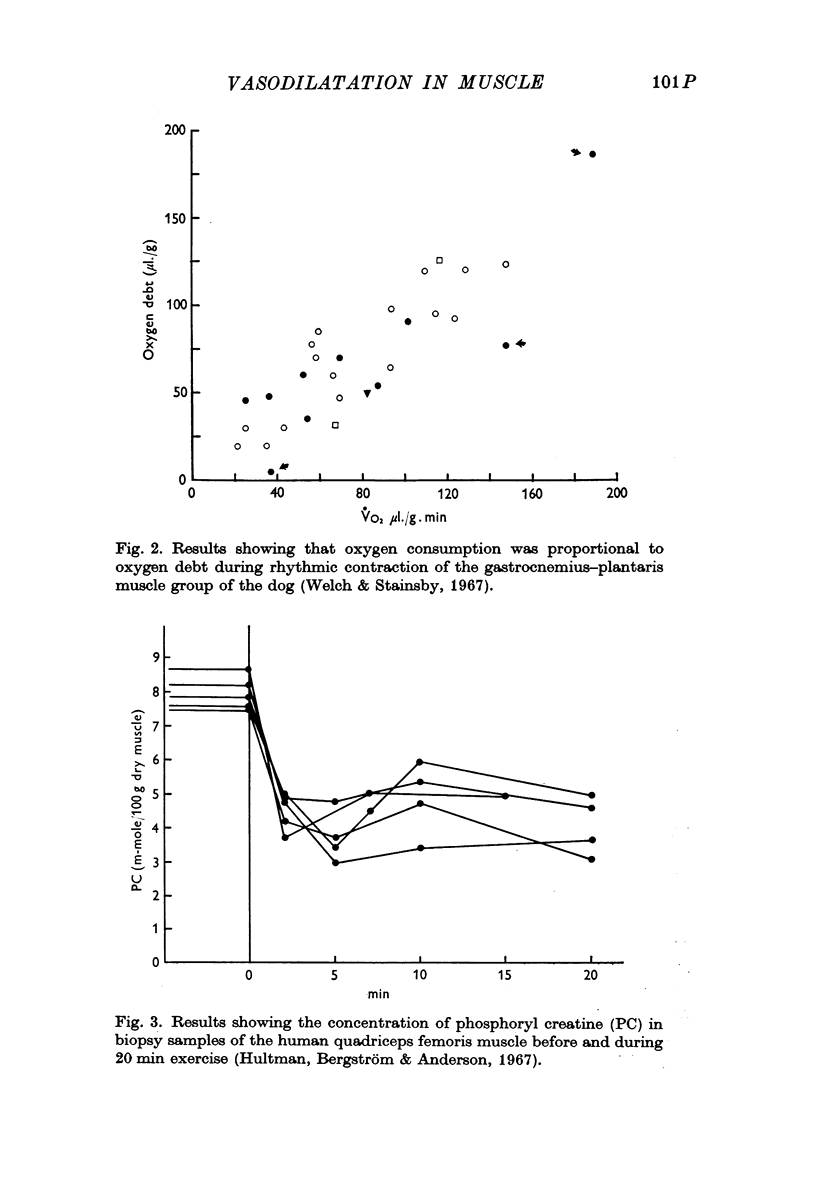
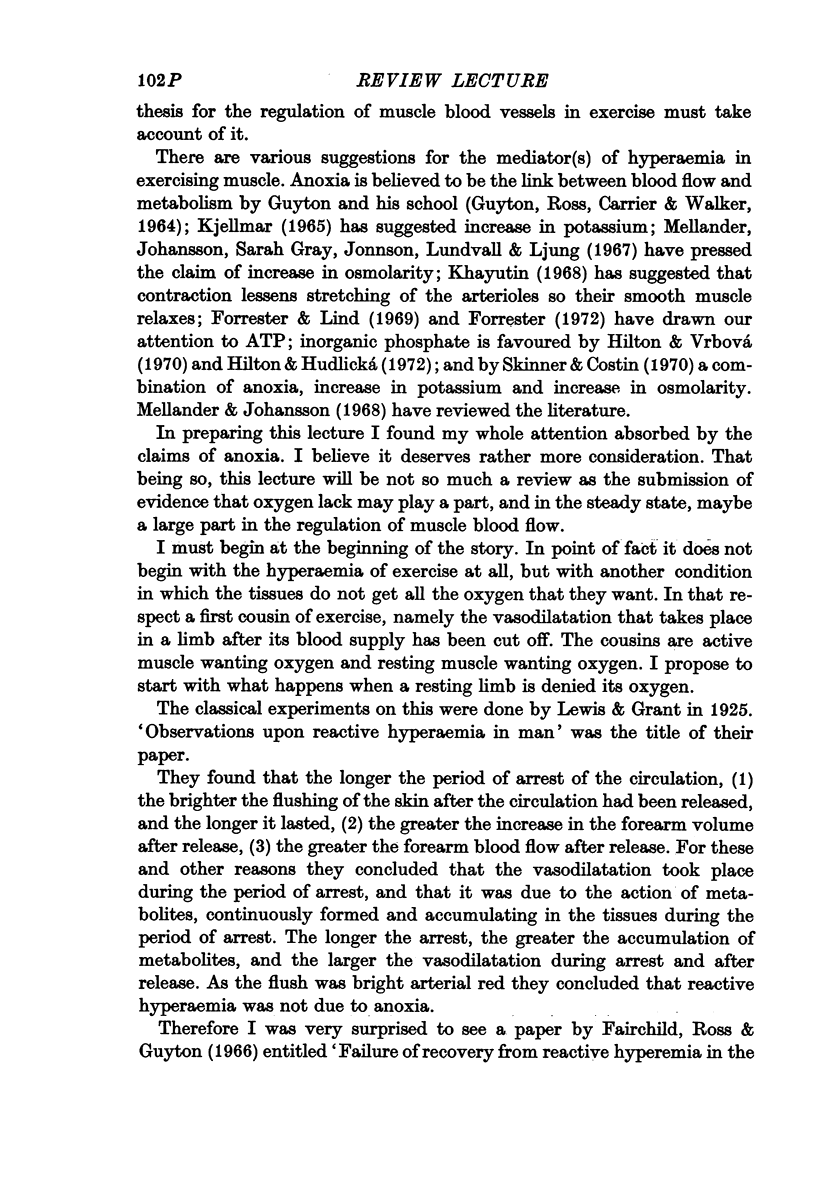
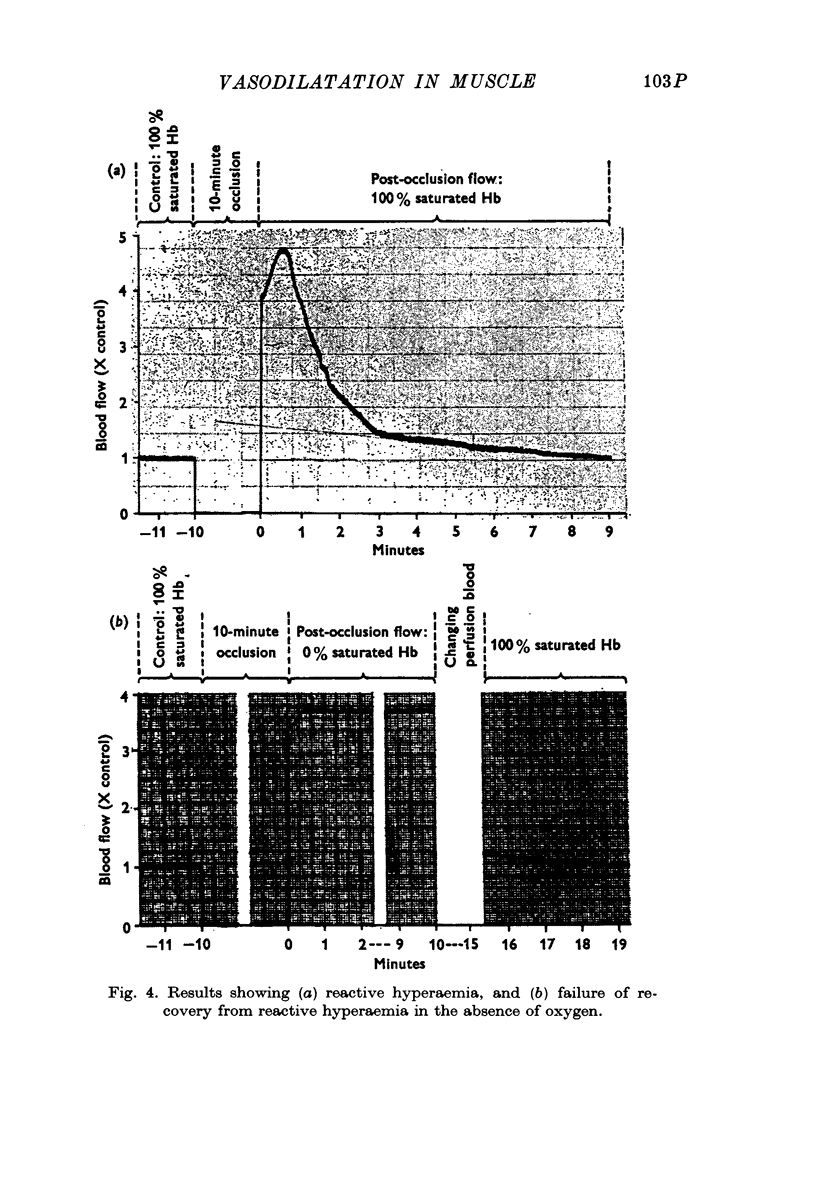
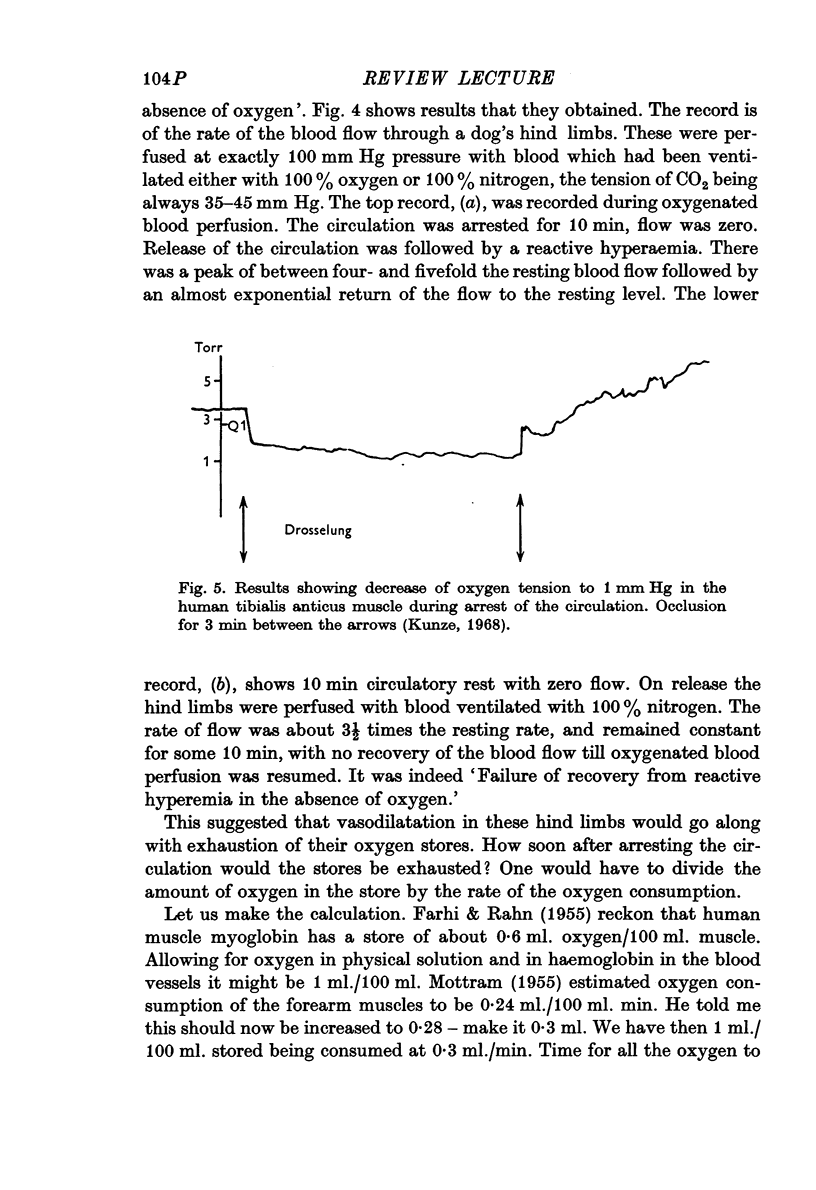
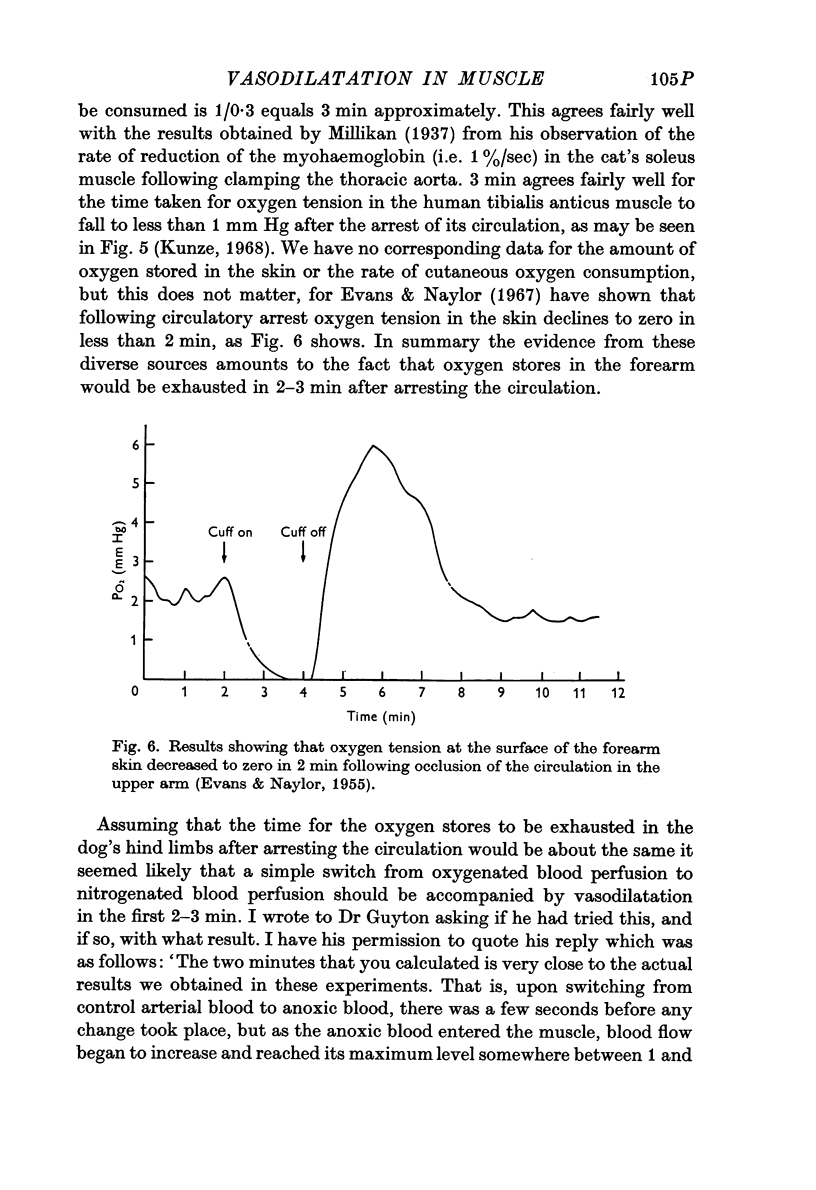
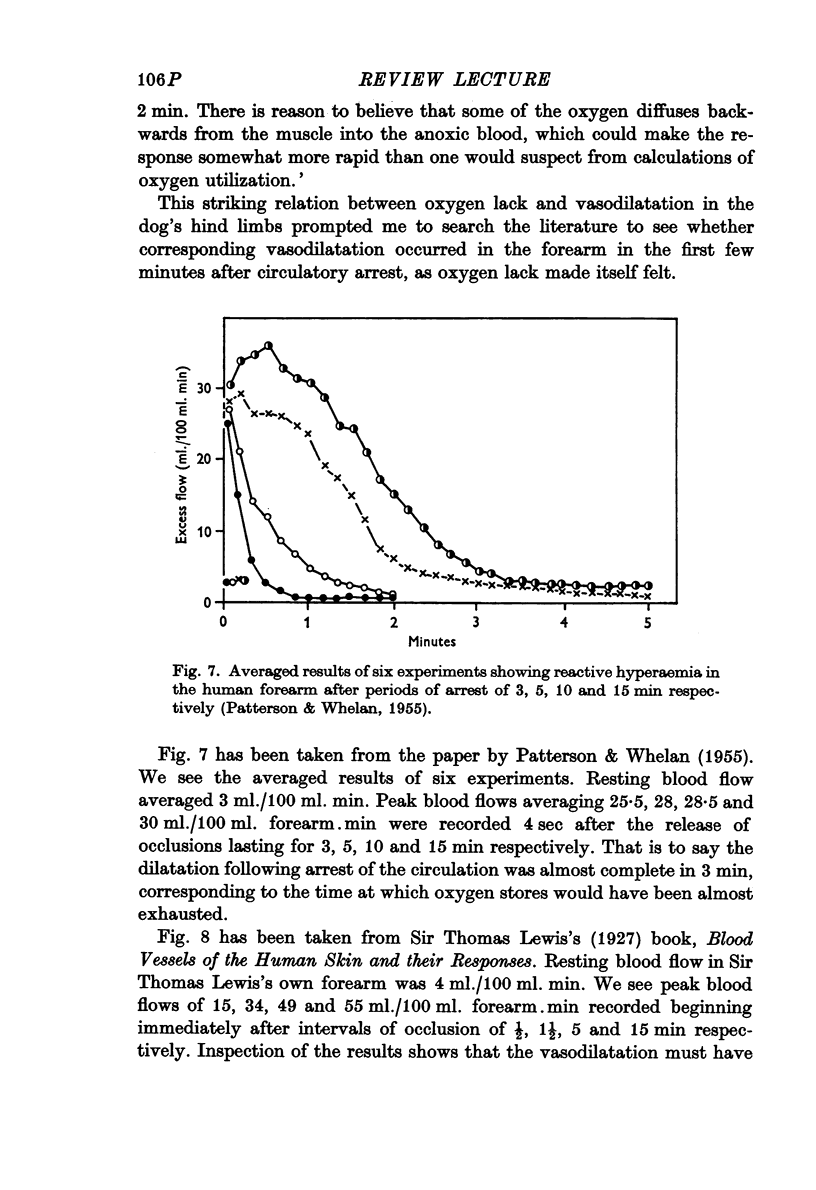
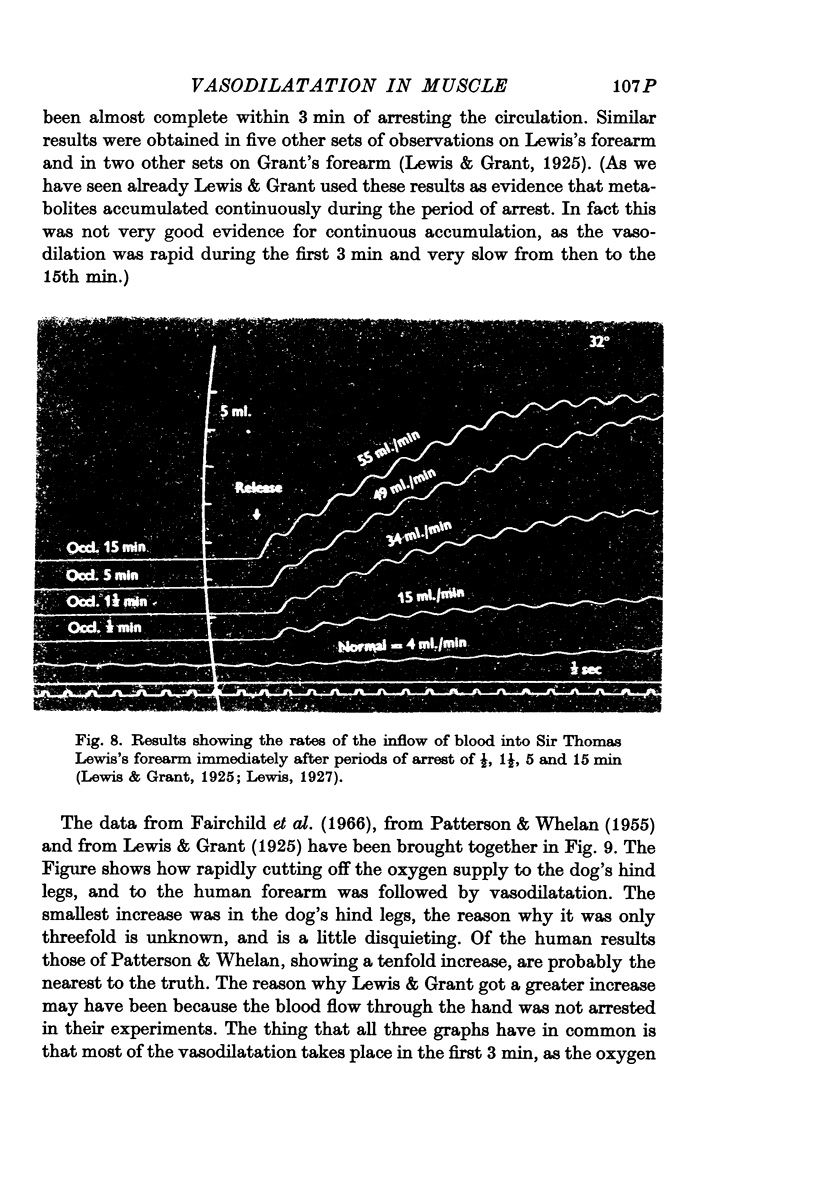
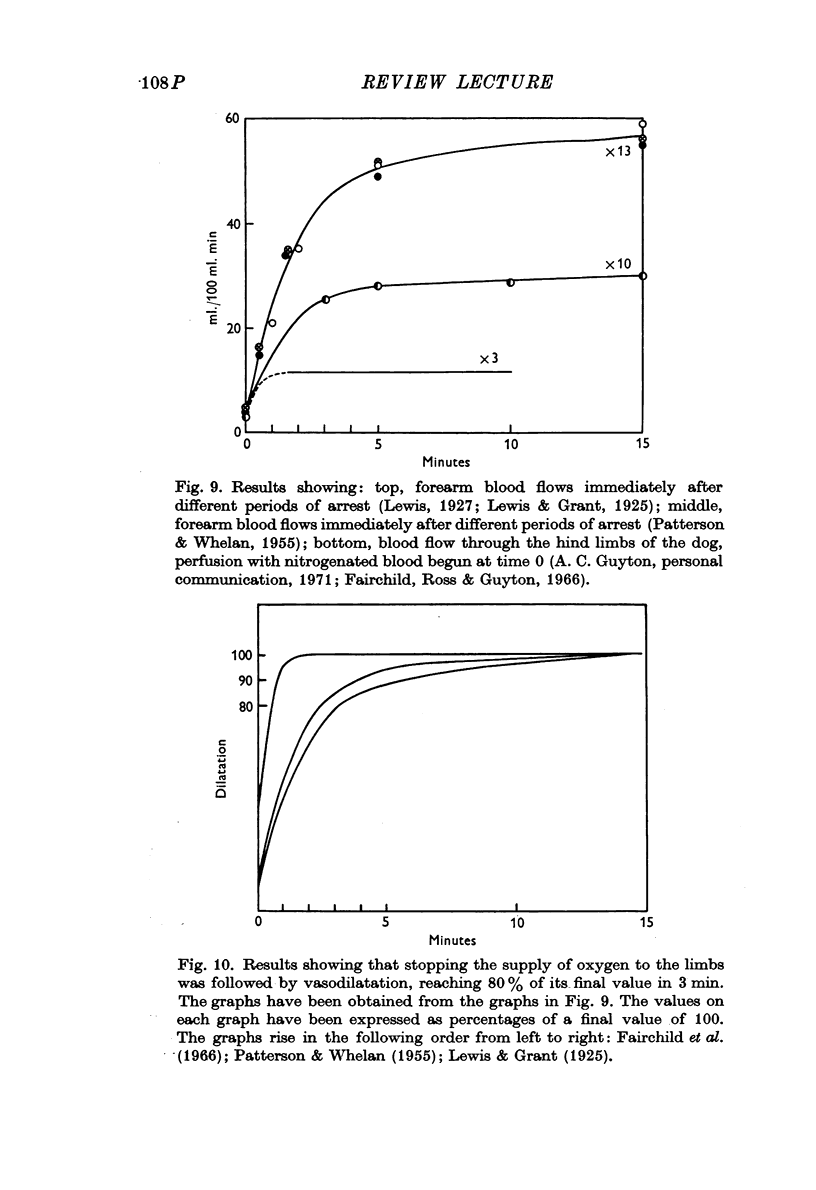
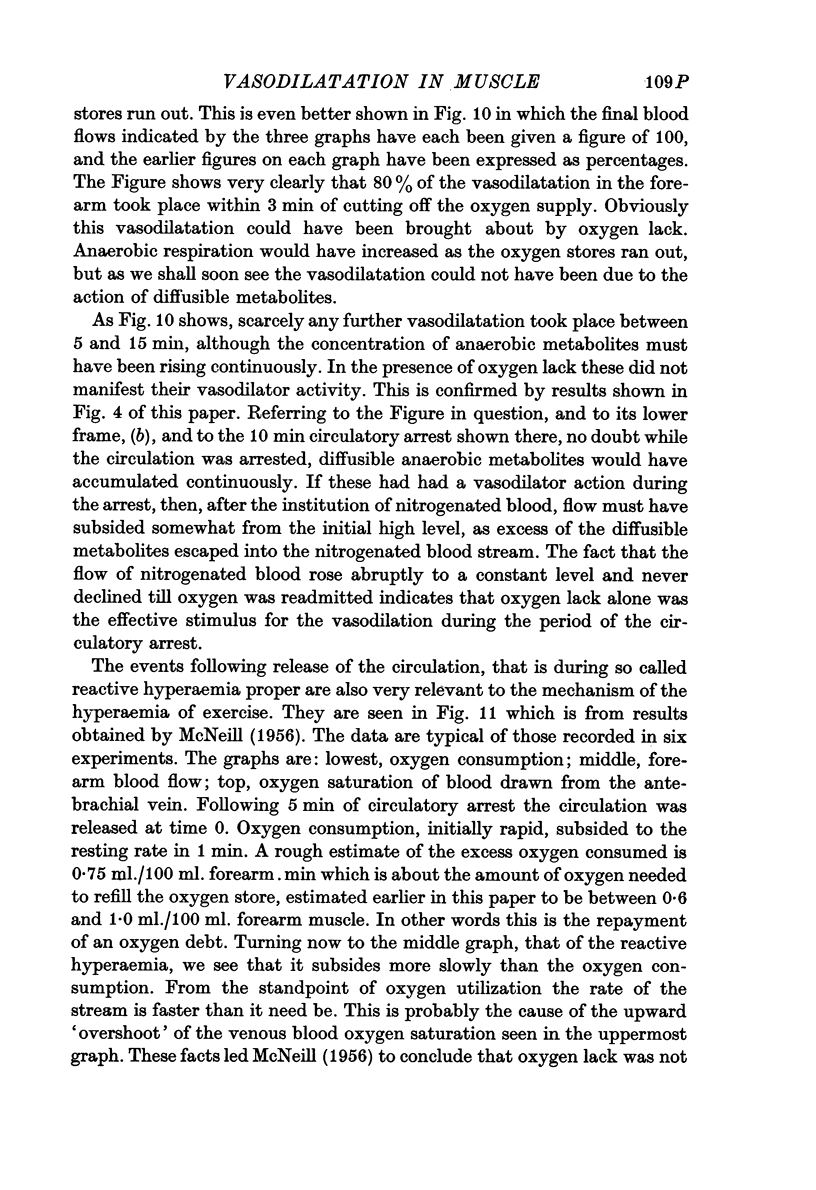
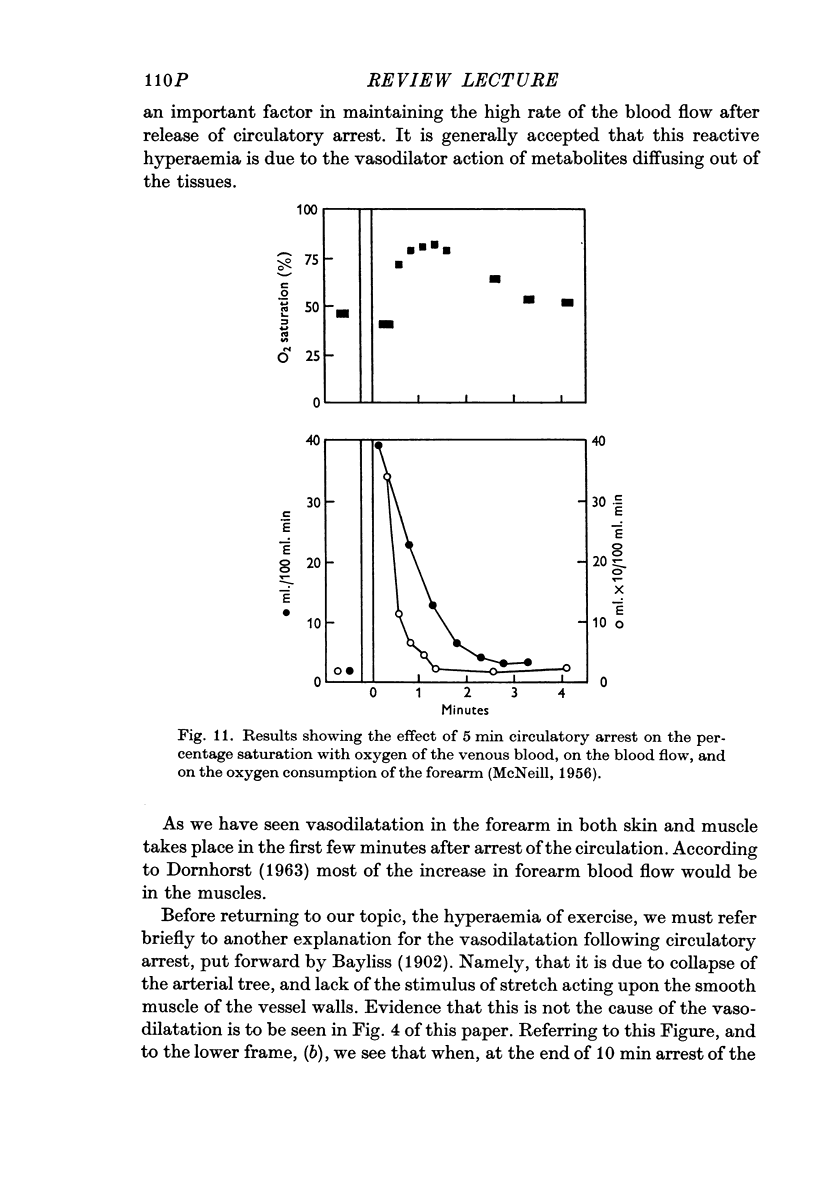
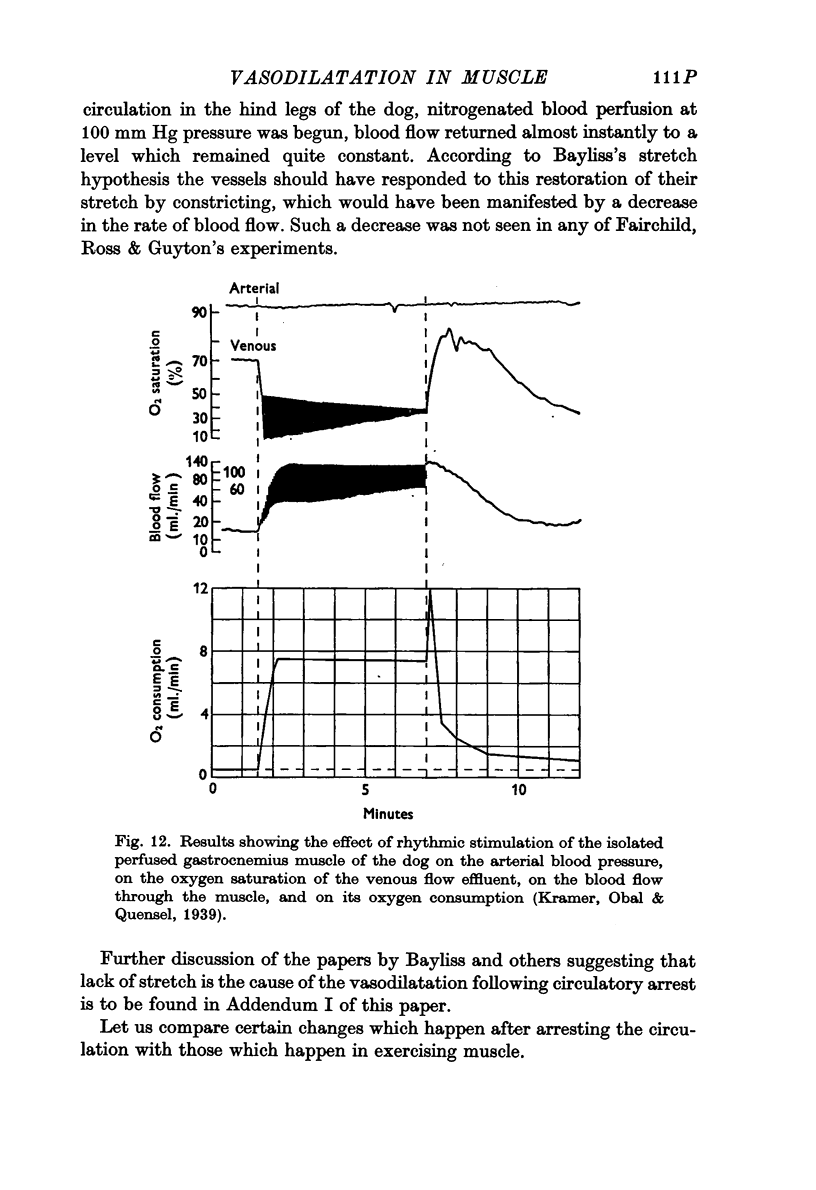
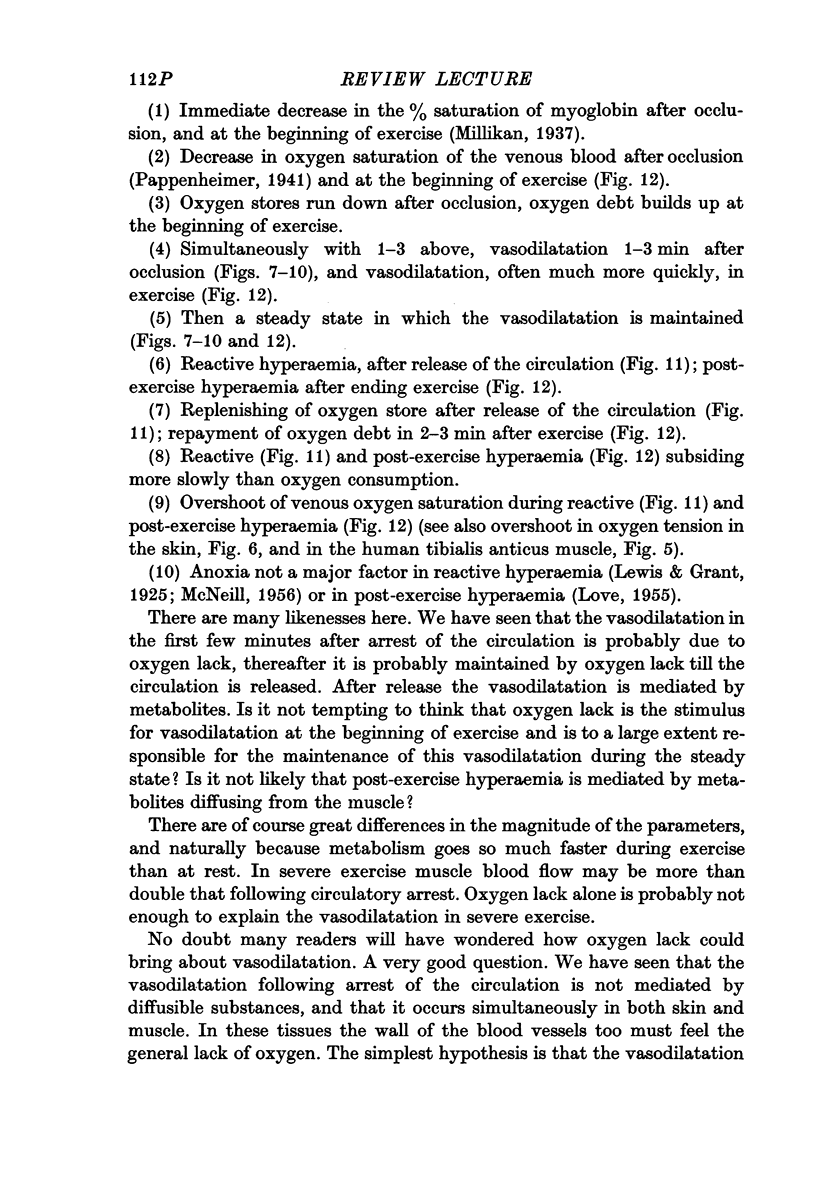
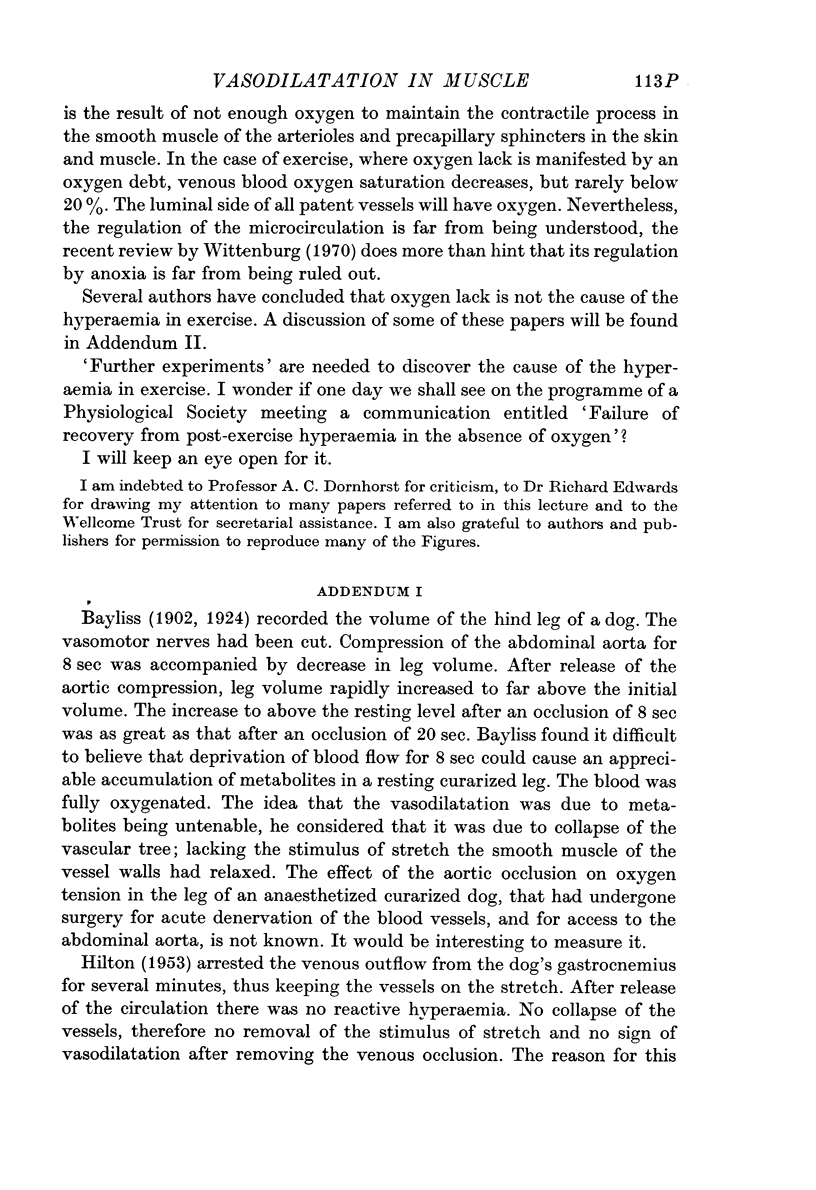
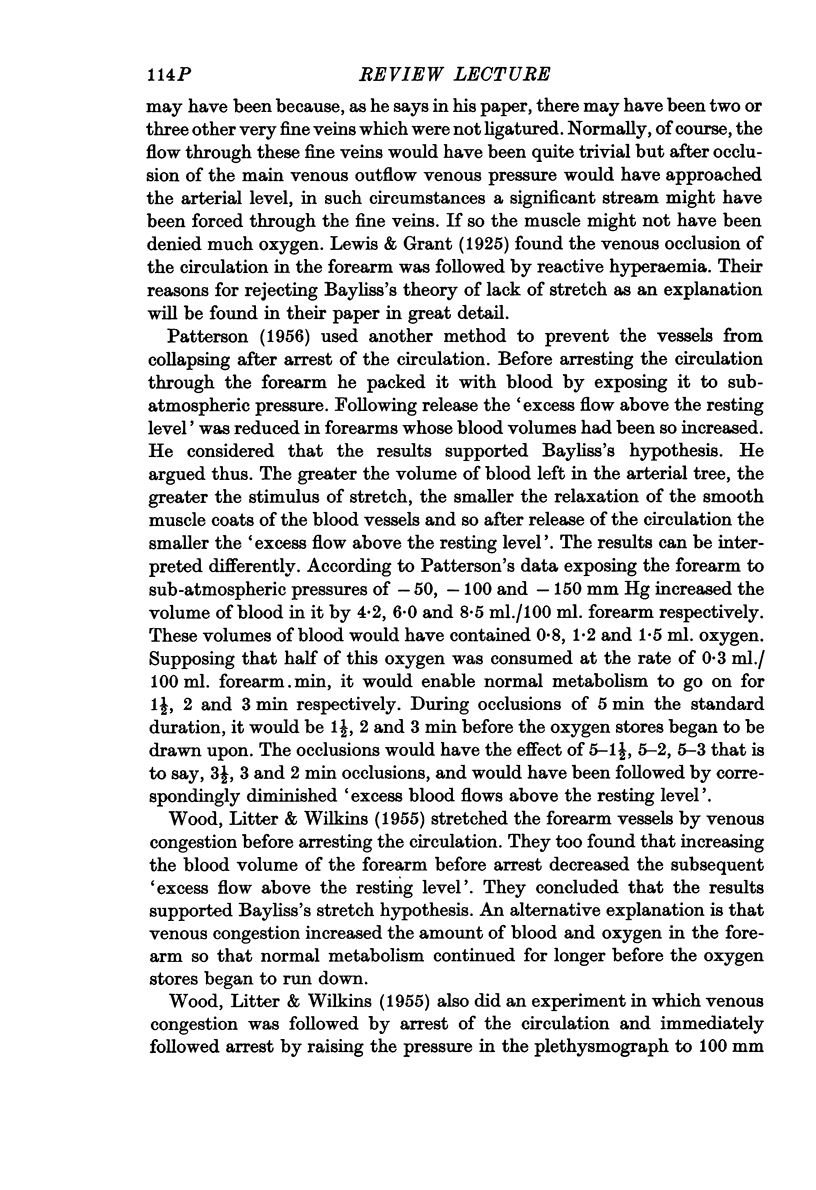
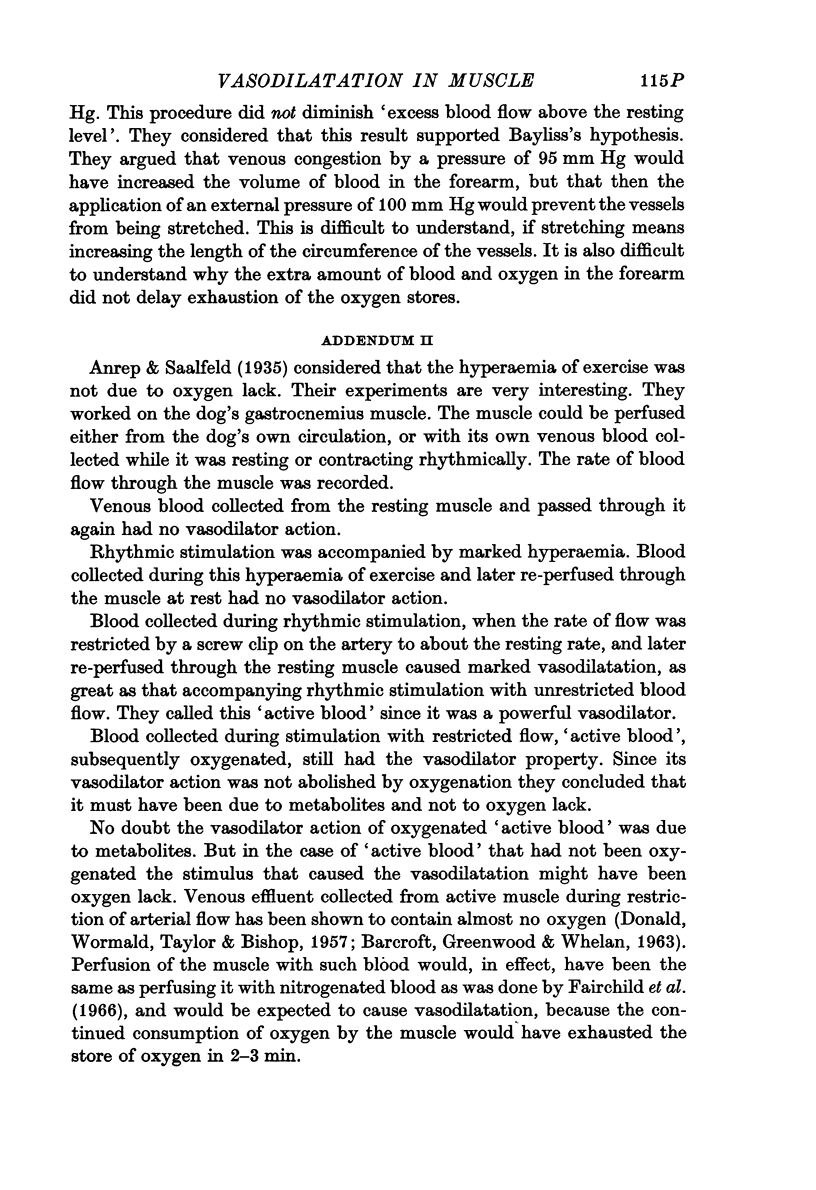
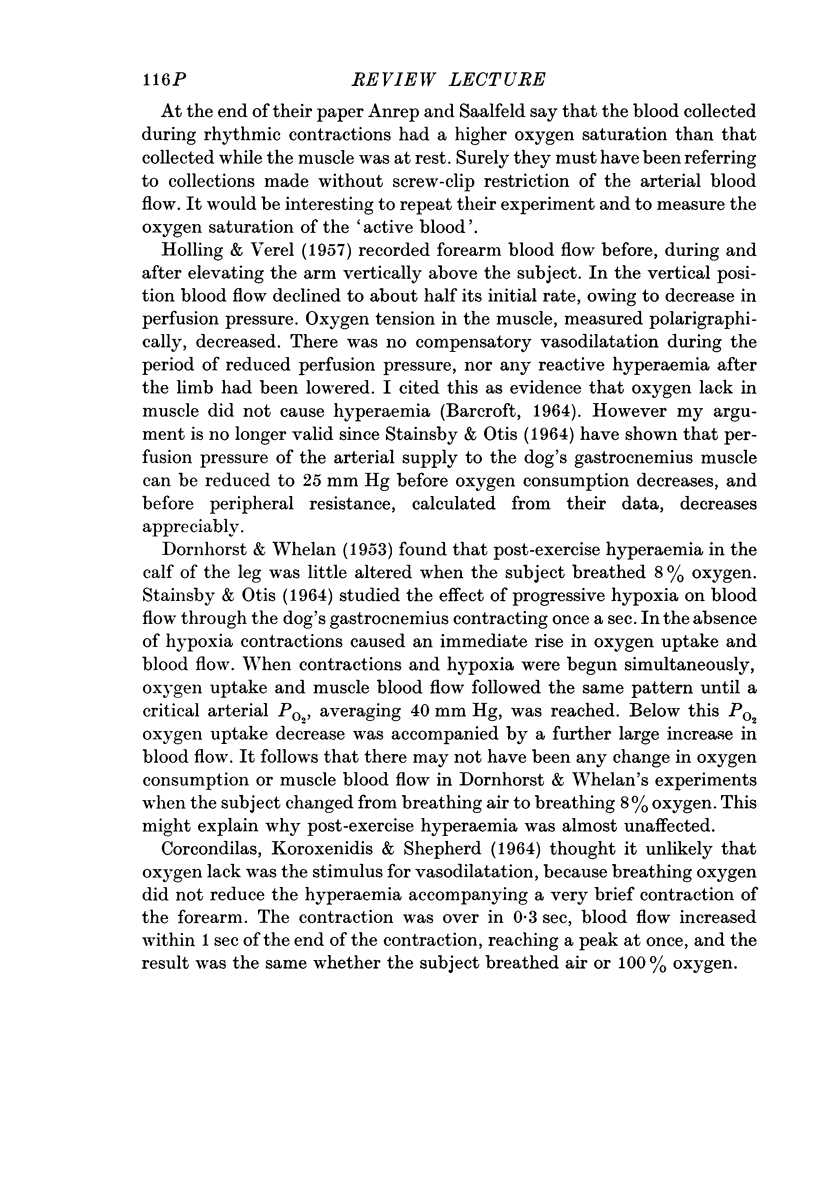
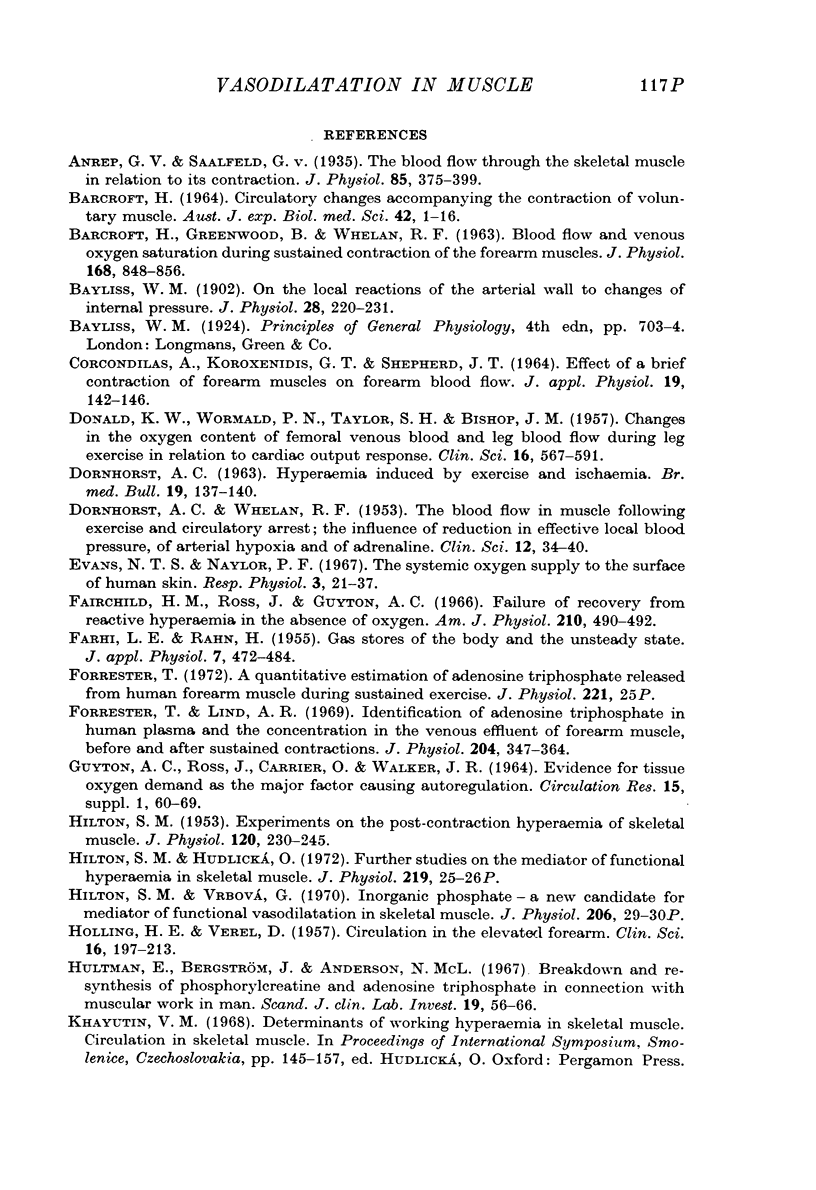
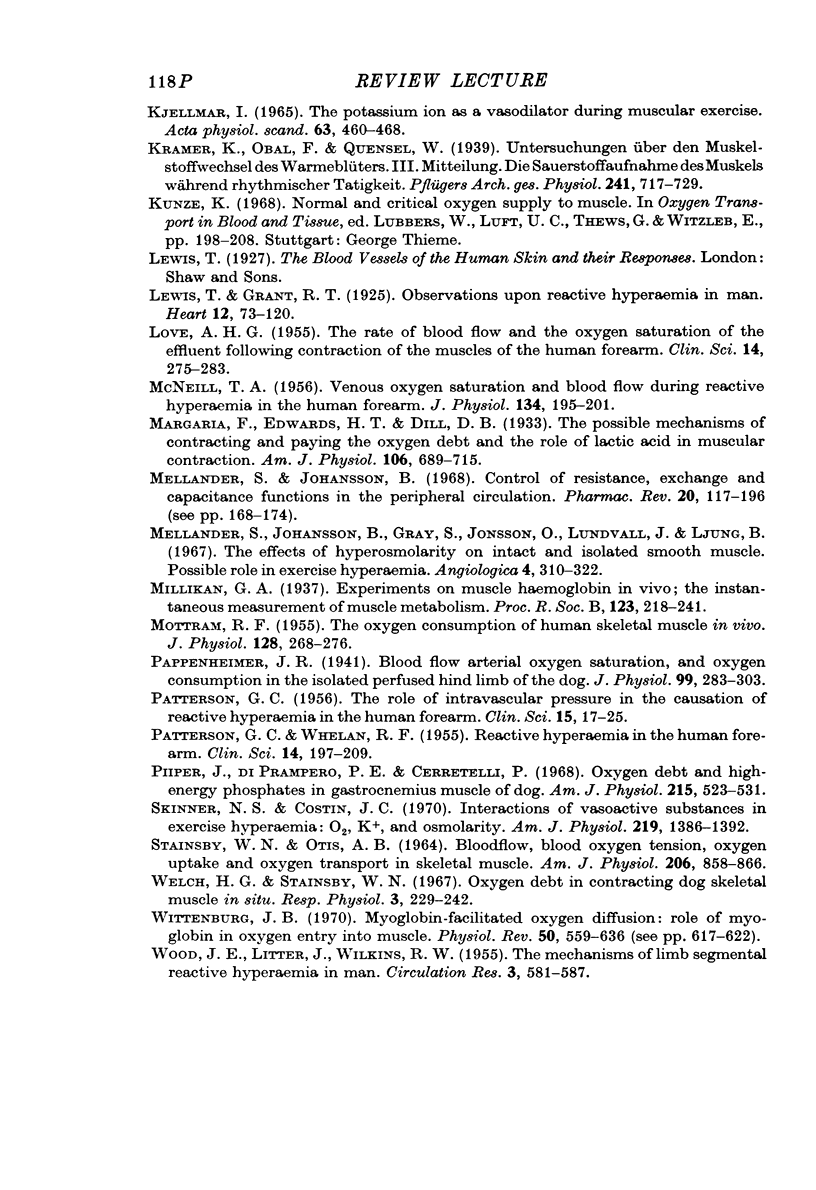
Selected References
These references are in PubMed. This may not be the complete list of references from this article.
- Anrep G. V., von Saalfeld E. The blood flow through the skeletal muscle in relation to its contraction. J Physiol. 1935 Nov 22;85(3):375–399. doi: 10.1113/jphysiol.1935.sp003326. [DOI] [PMC free article] [PubMed] [Google Scholar]
- BARCROFT H. CIRCULATORY CHANGES ACCOMPANYING THE CONTRACTION OF VOLUNTARY MUSCLE. Aust J Exp Biol Med Sci. 1964 Feb;42:1–16. doi: 10.1038/icb.1964.1. [DOI] [PubMed] [Google Scholar]
- BARCROFT H., GREENWOOD B., WHELAN R. F. BLOOD FLOW AND VENOUS OXYGEN SATURATION DURING SUSTAINED CONTRACTION OF THE FOREARM MUSCLES. J Physiol. 1963 Oct;168:848–856. doi: 10.1113/jphysiol.1963.sp007226. [DOI] [PMC free article] [PubMed] [Google Scholar]
- Bayliss W. M. On the local reactions of the arterial wall to changes of internal pressure. J Physiol. 1902 May 28;28(3):220–231. doi: 10.1113/jphysiol.1902.sp000911. [DOI] [PMC free article] [PubMed] [Google Scholar]
- CORCONDILAS A., KOROXENIDIS G. T., SHEPHERD J. T. EFFECT OF A BRIEF CONTRACTION OF FOREARM MUSCLES ON FOREARM BLOOD FLOW. J Appl Physiol. 1964 Jan;19:142–146. doi: 10.1152/jappl.1964.19.1.142. [DOI] [PubMed] [Google Scholar]
- DONALD K. W., WORMALD P. N., TAYLOR S. H., BISHOP J. M. Changes in the oxygen content of femoral venous blood and leg blood flow during leg exercise in relation to cardiac output response. Clin Sci. 1957 Aug;16(3):567–591. [PubMed] [Google Scholar]
- DORNHORST A. C., WHELAN R. F. The blood flow in muscle following exercise and circulatory arrest; the influence of reduction in effective local blood pressure, of arterial hypoxia and of adrenaline. Clin Sci. 1953 Feb;12(1):33–40. [PubMed] [Google Scholar]
- Evans N. T., Naylor P. F. The systemic oxygen supply to the surface of human skin. Respir Physiol. 1967 Aug;3(1):21–37. doi: 10.1016/0034-5687(67)90020-5. [DOI] [PubMed] [Google Scholar]
- FARHI L. E., RAHN H. Gas stores of the body and the unsteady state. J Appl Physiol. 1955 Mar;7(5):472–484. doi: 10.1152/jappl.1955.7.5.472. [DOI] [PubMed] [Google Scholar]
- Fairchild H. M., Ross J., Guyton A. C. Failure of recovery from reactive hyperemia in the absence of oxygen. Am J Physiol. 1966 Mar;210(3):490–492. doi: 10.1152/ajplegacy.1966.210.3.490. [DOI] [PubMed] [Google Scholar]
- Forrester T. A quantitative estimation of adenosine triphosphate released from human forearm muscle during sustained exercise. J Physiol. 1972 Feb;221(1):25P–26P. [PubMed] [Google Scholar]
- Forrester T., Lind A. R. Identification of adenosine triphosphate in human plasma and the concentration in the venous effluent of forearm muscles before, during and after sustained contractions. J Physiol. 1969 Oct;204(2):347–364. doi: 10.1113/jphysiol.1969.sp008917. [DOI] [PMC free article] [PubMed] [Google Scholar]
- HILTON S. M. Experiments on the post contraction hyperaemia of skeletal muscle. J Physiol. 1953 Apr 28;120(1-2):230–245. doi: 10.1113/jphysiol.1953.sp004888. [DOI] [PMC free article] [PubMed] [Google Scholar]
- HOLLING H. E., VEREL D. Circulation in the elevated forearm. Clin Sci. 1957 May;16(2):197–213. [PubMed] [Google Scholar]
- Hilton S. M., Vrbová G. Inorganic phosphate--a new candidate for mediator of functional vasodilatation in skeletal muscle. J Physiol. 1970 Feb;206(2):29P–30P. [PubMed] [Google Scholar]
- Hultman E., Bergström J., Anderson N. M. Breakdown and resynthesis of phosphorylcreatine and adenosine triphosphate in connection with muscular work in man. Scand J Clin Lab Invest. 1967;19(1):56–66. doi: 10.3109/00365516709093481. [DOI] [PubMed] [Google Scholar]
- KJELLMER I. THE POTASSIUM ION AS A VASODILATOR DURING MUSCULAR EXERCISE. Acta Physiol Scand. 1965 Apr;63:460–468. doi: 10.1111/j.1748-1716.1965.tb04089.x. [DOI] [PubMed] [Google Scholar]
- LOVE A. H. The rate of blood flow and the oxygen saturation of the effluent blood following contraction of the muscles of the human forearm. Clin Sci. 1955 May;14(2):275–283. [PubMed] [Google Scholar]
- MCNEILL T. A. Venous oxygen saturation and blood flow during reactive hyperaemia in the human forearm. J Physiol. 1956 Oct 29;134(1):195–201. doi: 10.1113/jphysiol.1956.sp005635. [DOI] [PMC free article] [PubMed] [Google Scholar]
- MOTTRAM R. F. The oxygen consumption of human skeletal muscle in vivo. J Physiol. 1955 May 27;128(2):268–276. doi: 10.1113/jphysiol.1955.sp005305. [DOI] [PMC free article] [PubMed] [Google Scholar]
- Mellander S., Johansson B. Control of resistance, exchange, and capacitance functions in the peripheral circulation. Pharmacol Rev. 1968 Sep;20(3):117–196. [PubMed] [Google Scholar]
- Mellander S., Johansson B., Gray S., Jonsson O., Lundvall J., Ljung B. The effect of hyperosmolarity on intacet and isolated vascular smooth muscle. Possible role in exercise hyperemia. Angiologica. 1967;4(6):310–322. doi: 10.1159/000157715. [DOI] [PubMed] [Google Scholar]
- PATTERSON G. C. The role of intravascular pressure in the causation of reactive hyperaemia in the human forearm. Clin Sci. 1956 Feb;15(1):17–25. [PubMed] [Google Scholar]
- PATTERSON G. C., WHELAN R. F. Reactive hyperaemia in the human forearm. Clin Sci. 1955 May;14(2):197–211. [PubMed] [Google Scholar]
- Pappenheimer J. R. Blood flow, arterial oxygen saturation, and oxygen consumption in the isolated perfused hindlimb of the dog. J Physiol. 1941 Mar 25;99(3):283–303. doi: 10.1113/jphysiol.1941.sp003901. [DOI] [PMC free article] [PubMed] [Google Scholar]
- Piiper J., Di Prampero P. E., Cerretelli P. Oxygen debt and high-energy phosphates in gastrocnemius muscle of the dog. Am J Physiol. 1968 Sep;215(3):523–531. doi: 10.1152/ajplegacy.1968.215.3.523. [DOI] [PubMed] [Google Scholar]
- STAINSBY W. N., OTIS A. B. BLOOD FLOW, BLOOD OXYGEN TENSION, OXYGEN UPTAKE, AND OXYGEN TRANSPORT IN SKELETAL MUSCLE. Am J Physiol. 1964 Apr;206:858–866. doi: 10.1152/ajplegacy.1964.206.4.858. [DOI] [PubMed] [Google Scholar]
- Skinner N. S., Jr, Costin J. C. Interactions of vasoactive substances in exercise hyperemia: O2, K+, and osmolality. Am J Physiol. 1970 Nov;219(5):1386–1392. doi: 10.1152/ajplegacy.1970.219.5.1386. [DOI] [PubMed] [Google Scholar]
- WOOD J. E., LITTER J., WILKINS R. W. The mechanism of limb segment reactive hyperemia in man. Circ Res. 1955 Nov;3(6):581–587. doi: 10.1161/01.res.3.6.581. [DOI] [PubMed] [Google Scholar]
- Welch H. G., Stainsby W. N. Oxygen debt in contracting dog skeletal muscle in situ. Respir Physiol. 1967 Oct;3(2):229–242. doi: 10.1016/0034-5687(67)90013-8. [DOI] [PubMed] [Google Scholar]


